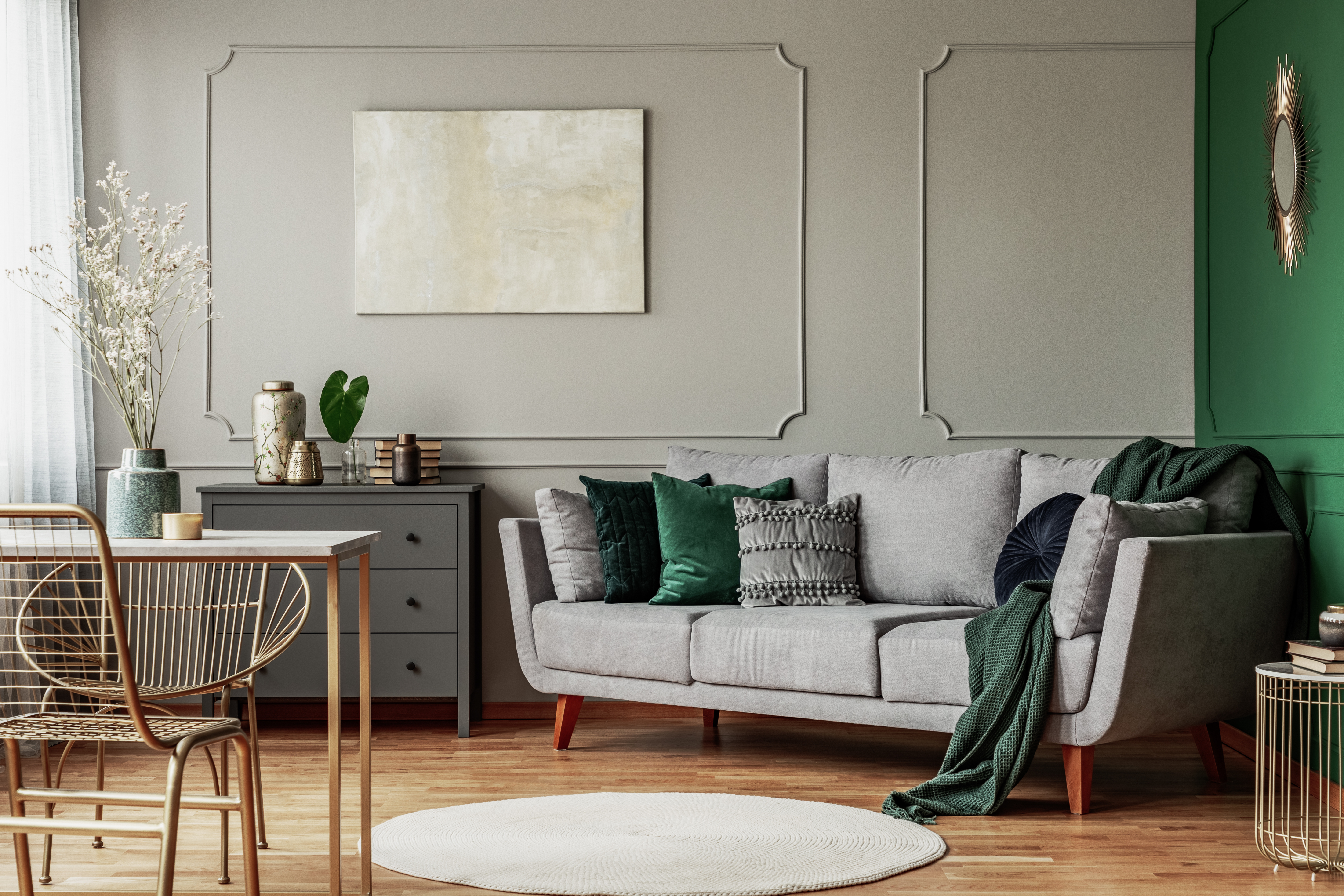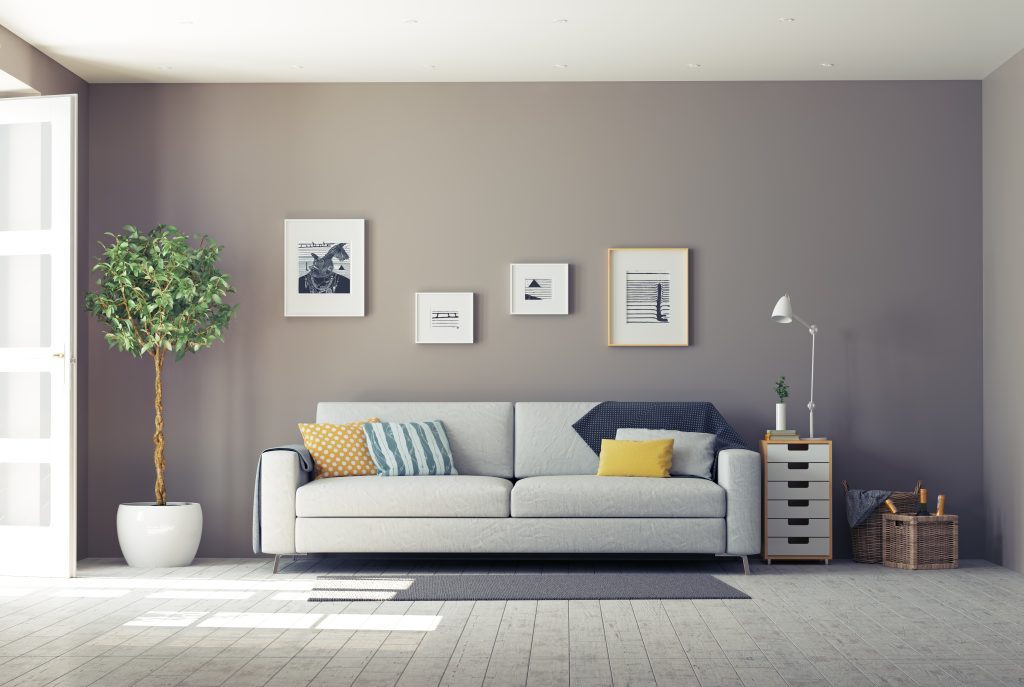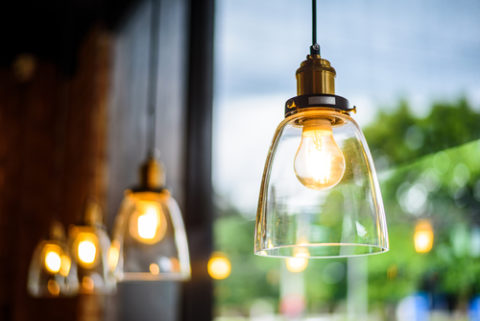Styling a property is a skill! Whether you want to add design flair to your own home, or are considering a new career, there are some basic principles to follow. Follow our Interior Design: 5 Tips for Beginners if you are keen to learn more.
1. Style
This is an important place to start as it will add cohesion to the space. What style do you want to go for?
Think if you are more contemporary vs. traditional? From there you can get more specific with trends such as mid-century, farmhouse, shabby chic or Scandi. If you are designing for yourself or a client – the process is actually similar. Take cues from personal style (what clothes/ colours do you/they like?). Look through magazines and Pinterest creating a mood board of the preferred styles.
Once you have decided on an overarching colour palette and theme, you can ensure everything will work well together.
2. The Focal Point
Each room should have a focal point – this can be a fireplace, a piece of furniture, art work or a feature wall. It is defined by something that draws the attention – and can be set apart by colour, texture or size.
The focal point or ‘accent piece’ brings personalisation to the room, and adds loads of interest. The focal point will also help to determine the layout of furniture in the room. You don’t want anything to block a view, or have items facing away from the feature. All elements should help draw the eye to the main style piece of the room.

3. Balance
Good interior design should not be obvious, and just makes the room work. This will happen if you give the room balance.
The most common approach is symmetry – for example, having a twin set of lamps either side of the bed will give the room a nice visual weight. This is also true for textures and heights – don’t put all your tall furniture on one side of the room, but make sure you have a good balance of items throughout the room.
4. Light it Up
Lighting is also critical to the ambience of a room. Think about windows (natural light), floor lamps, overhead lights, accent lighting or coloured lights.
Small rooms, for example, will benefit from the clever use of light and mirrors to open up the space. You can also set room zones with task lighting or table lamps, or create a relaxed feel with uplighters.
If you want to find out more, you can read our blog on the art of lighting your home.
5. Remember it is not a Showhome!
There are principles to follow to create the perfect, visually balanced room, Remember, however, that the room needs to be lived in. It is not a showhome!
Make sure the space has some unique and personal items as well as a designer feel. The perfect interior space will have a mix of beautiful design elements with your own particular taste!
What top tips do you have for interior design? Let us know in the comments below.




Leave a Reply